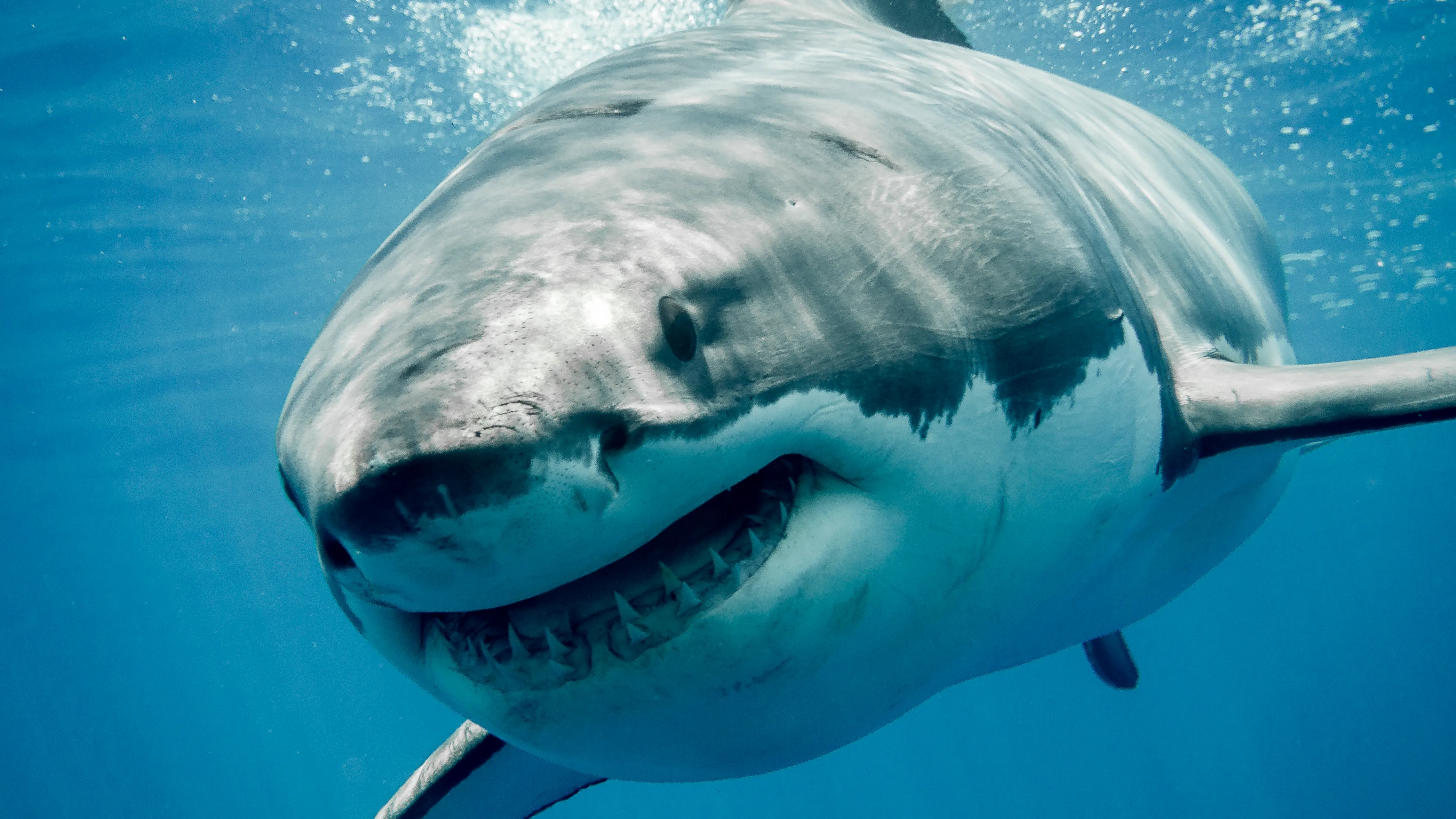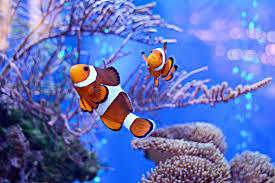Life In Water

Jellyfish
Jellyfish are the medusa-phase of certain gelatinous members of the subphylum Medusozoa, which is a major part of the phylum Cnidaria. They are mainly free-swimming marine animals,but a few are anchored to the seabed by stalks rather than being motile. They are made of an umbrella-shaped main body made of mesoglea, known as the bell, and a collection of trailing tentacles on the underside. Via pulsating contractions, the bell can provide propulsion for locomotion through open water. The tentacles are armed with stinging cells and may be used to capture prey or to defend against predators.

Shark
Sharks are a group of elasmobranch cartilaginous fish characterized by a ribless endoskeleton, dermal denticles, five to seven gill slits on each side, and pectoral fins that are not fused to the head. Modern sharks are classified within the division Selachii and are the sister group to the Batomorphi. Some sources extend the term "shark" as an informal category including extinct members of Chondrichthyes with a shark-like morphology, such as hybodonts. Shark-like chondrichthyans such as Cladoselache and Doliodus first appeared in the Devonian Period (419-359 million years), though some fossilized chondrichthyan-like scales are as old as the Late Ordovician (458-444 million years ago).

Clownfish
Clownfishes or anemonefishes are saltwater fishes in the genus Amphiprion within the subfamily Amphiprioninae. They are classified as damselfish within the family Pomacentridae. Clownfishes are found in the warm and tropical waters of the Indo-Pacific, inhabiting mainly coral reefs. They have a distinctive colouration typically consisting of white vertical bars on a red, orange, yellow, brown or black background. Clownfish developed a mutualistic symbiotic relationship with sea anemones, which they rely on for shelter and protection from predators. In turn, clownfish will protect the anemone from anemone-eating fish, as well as clean and fan them, and attract photosynthetic zooxanthellae with their waste.